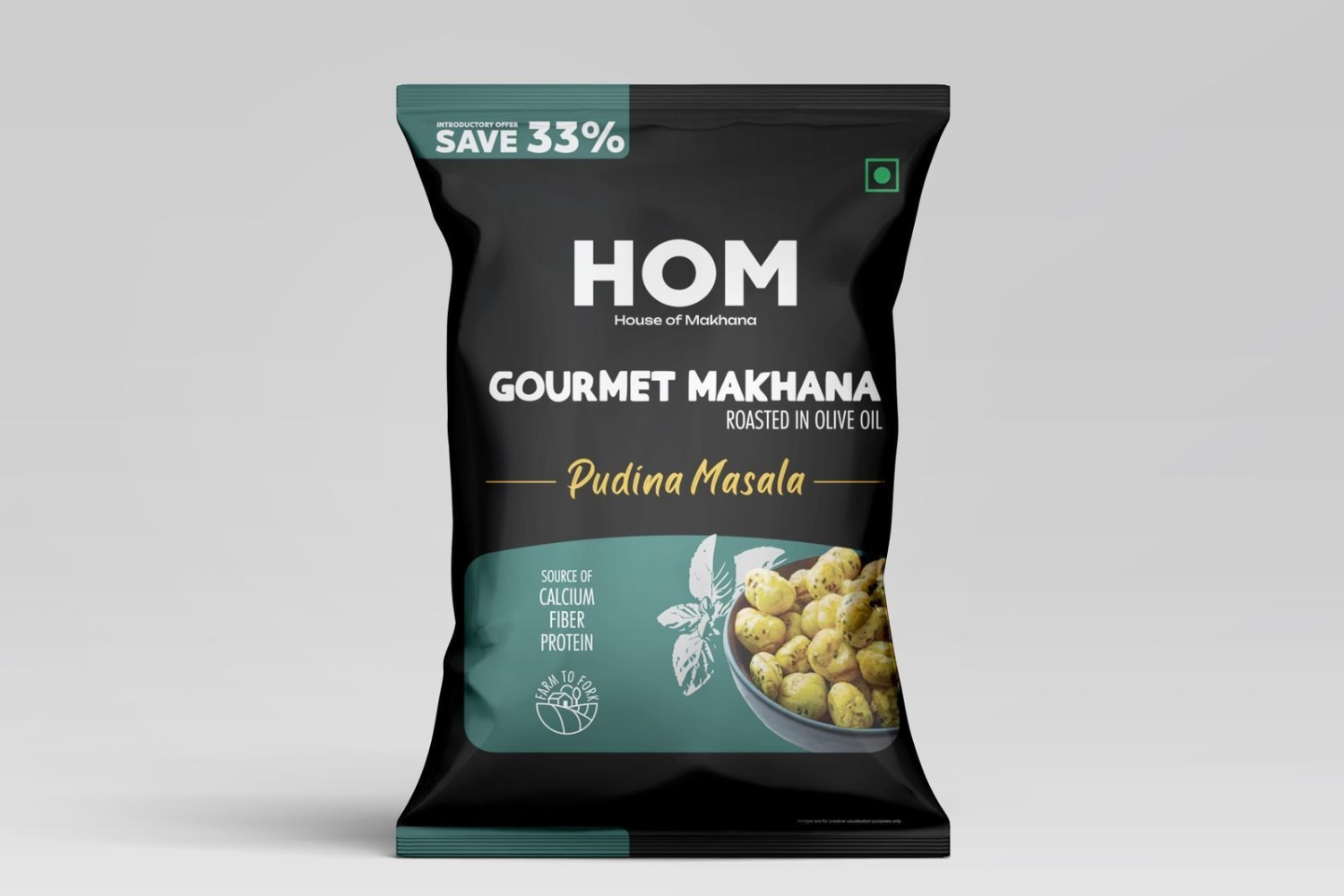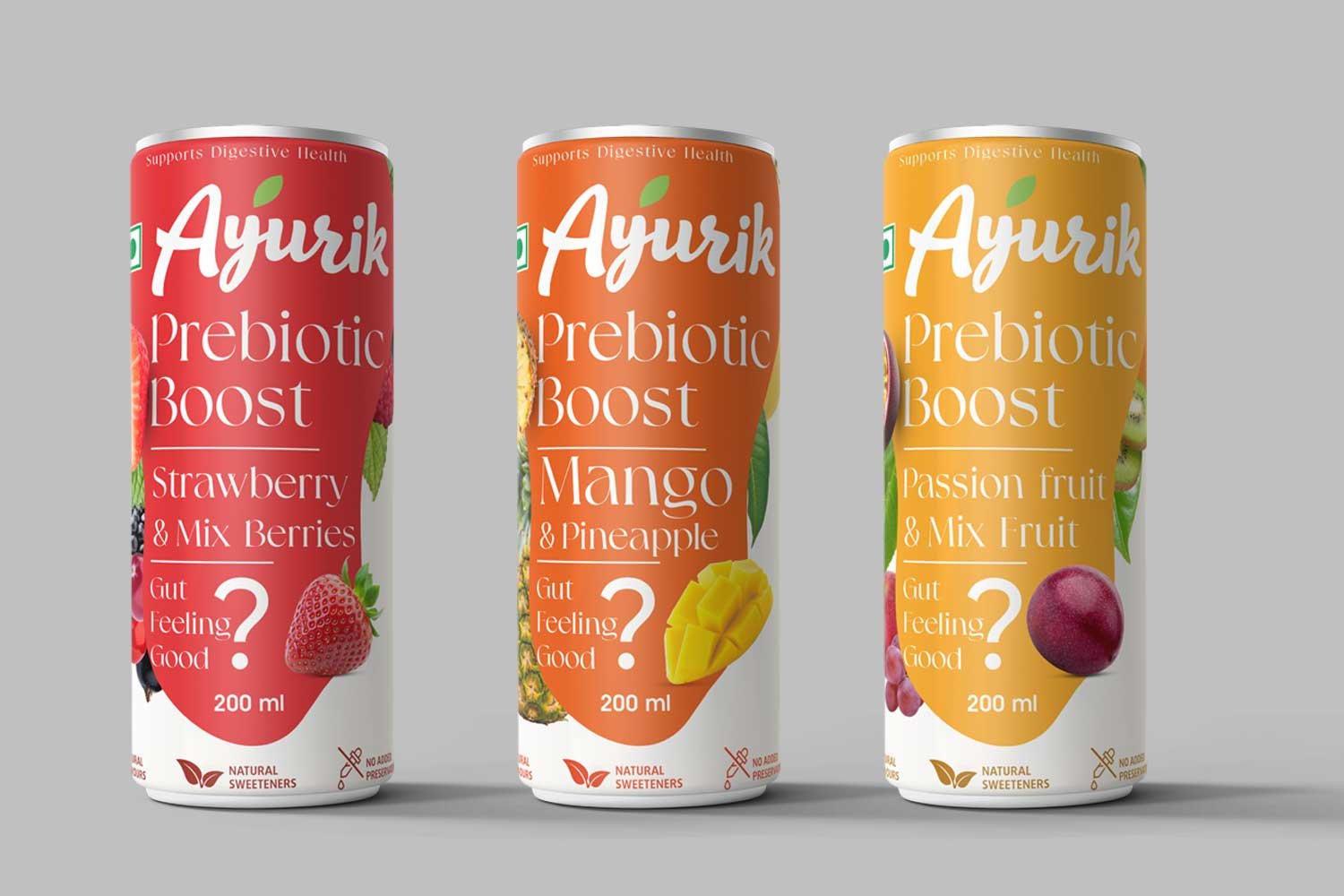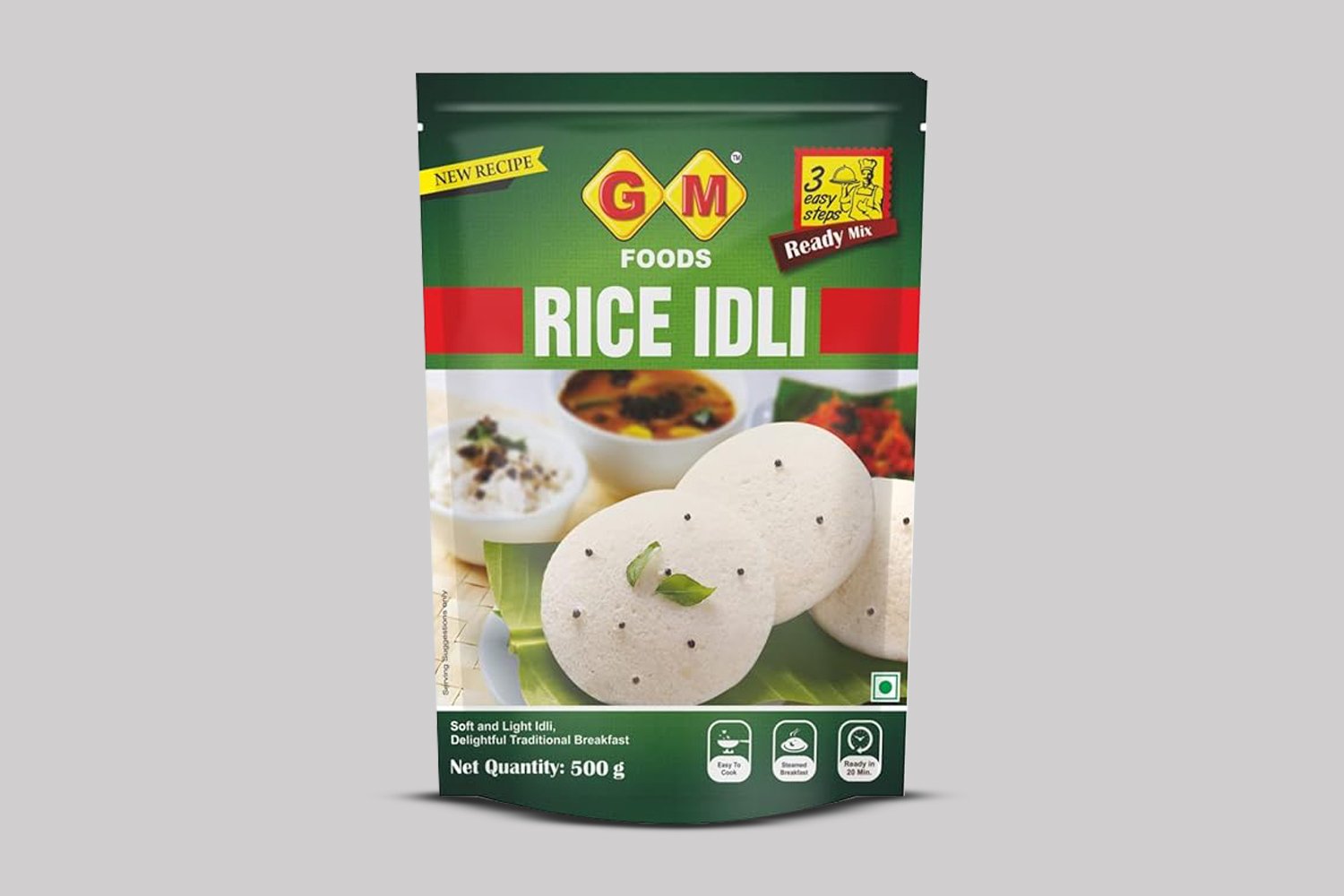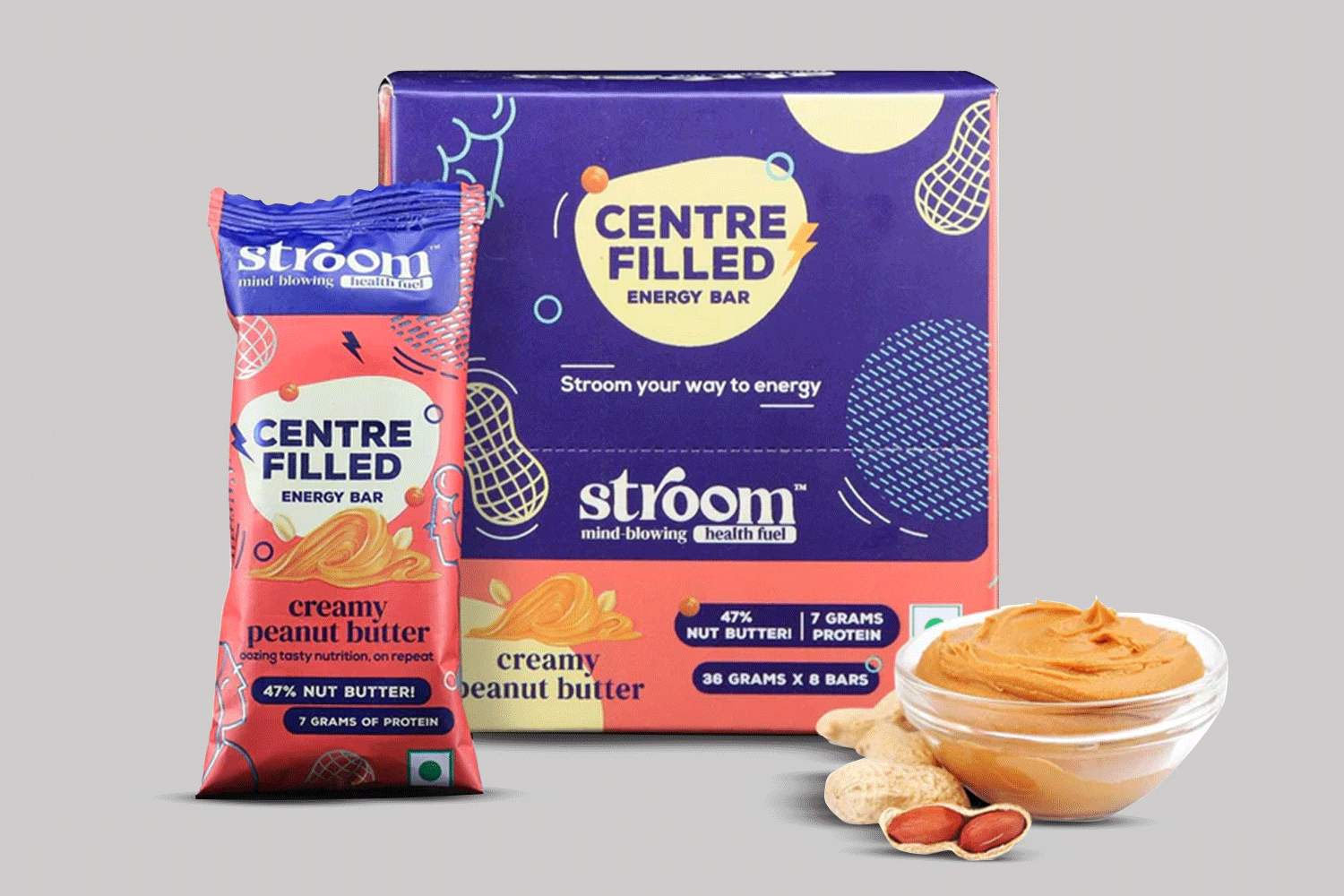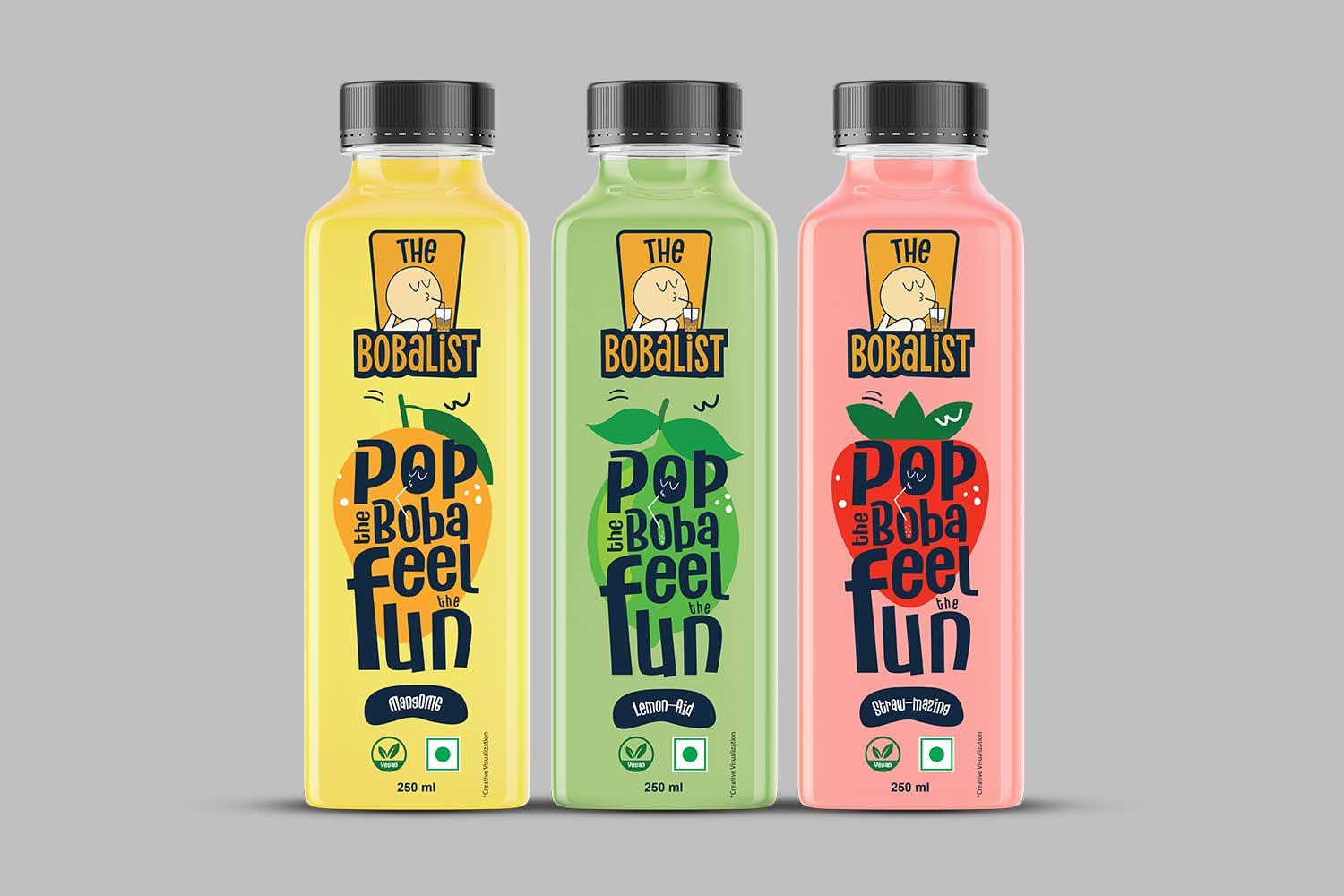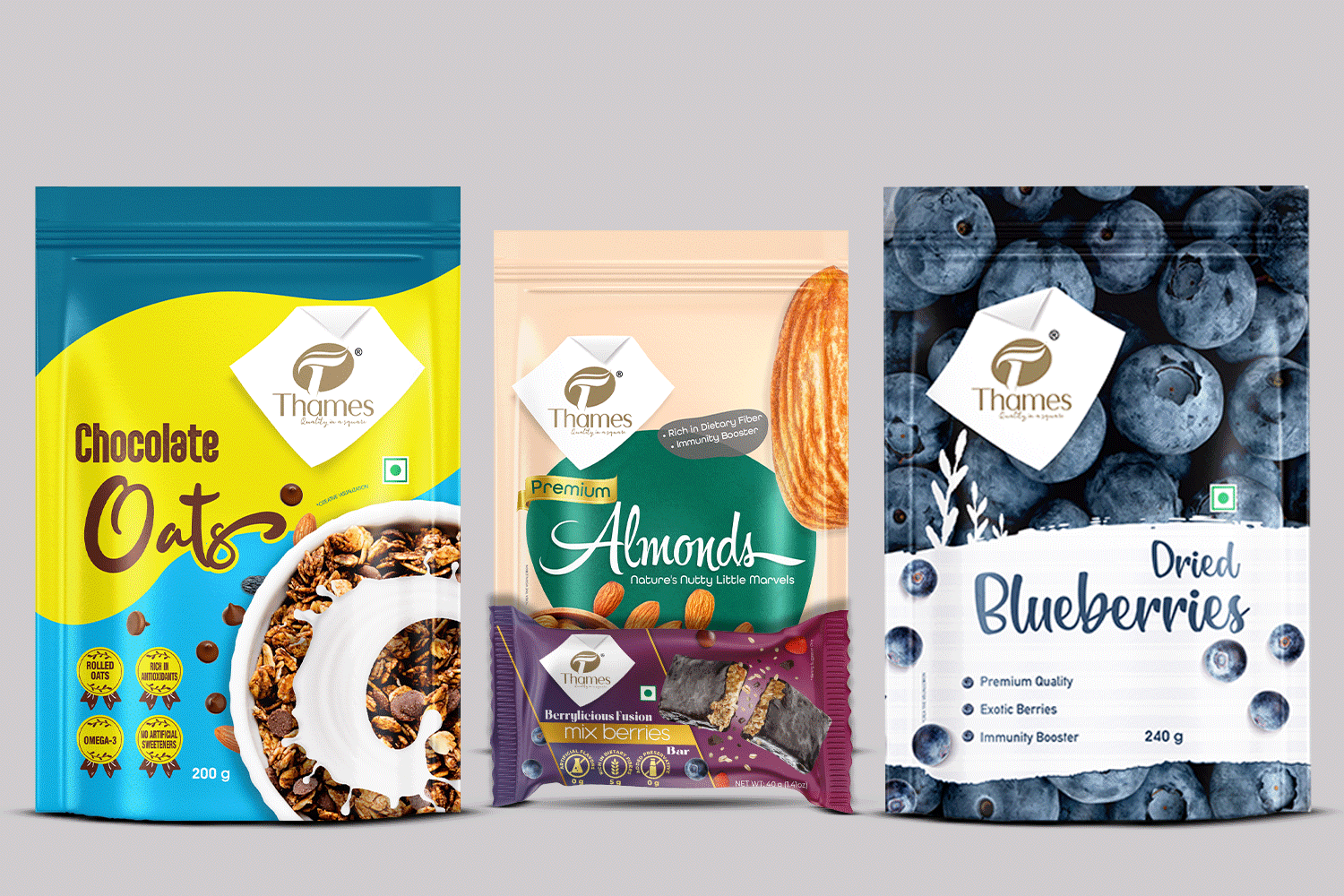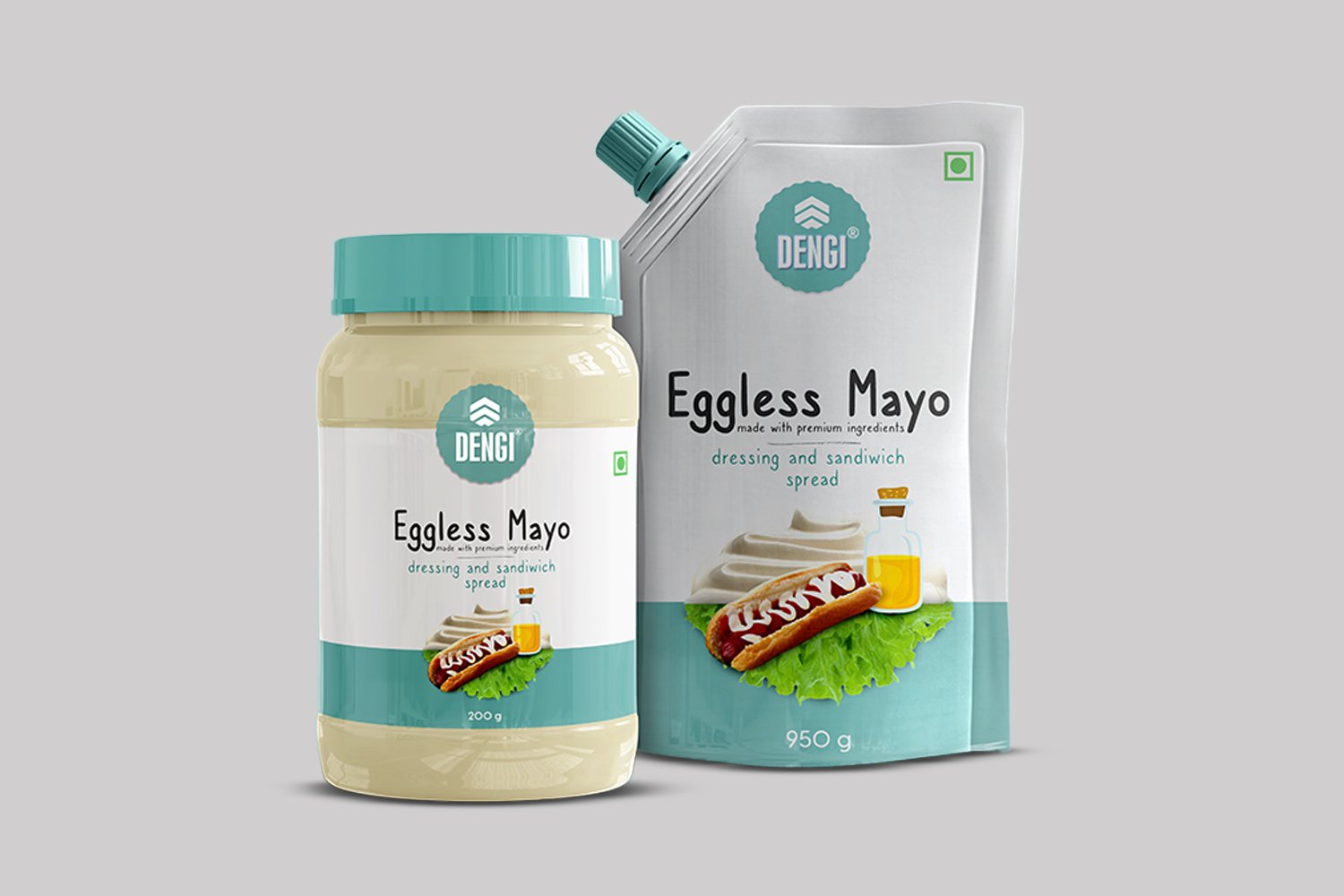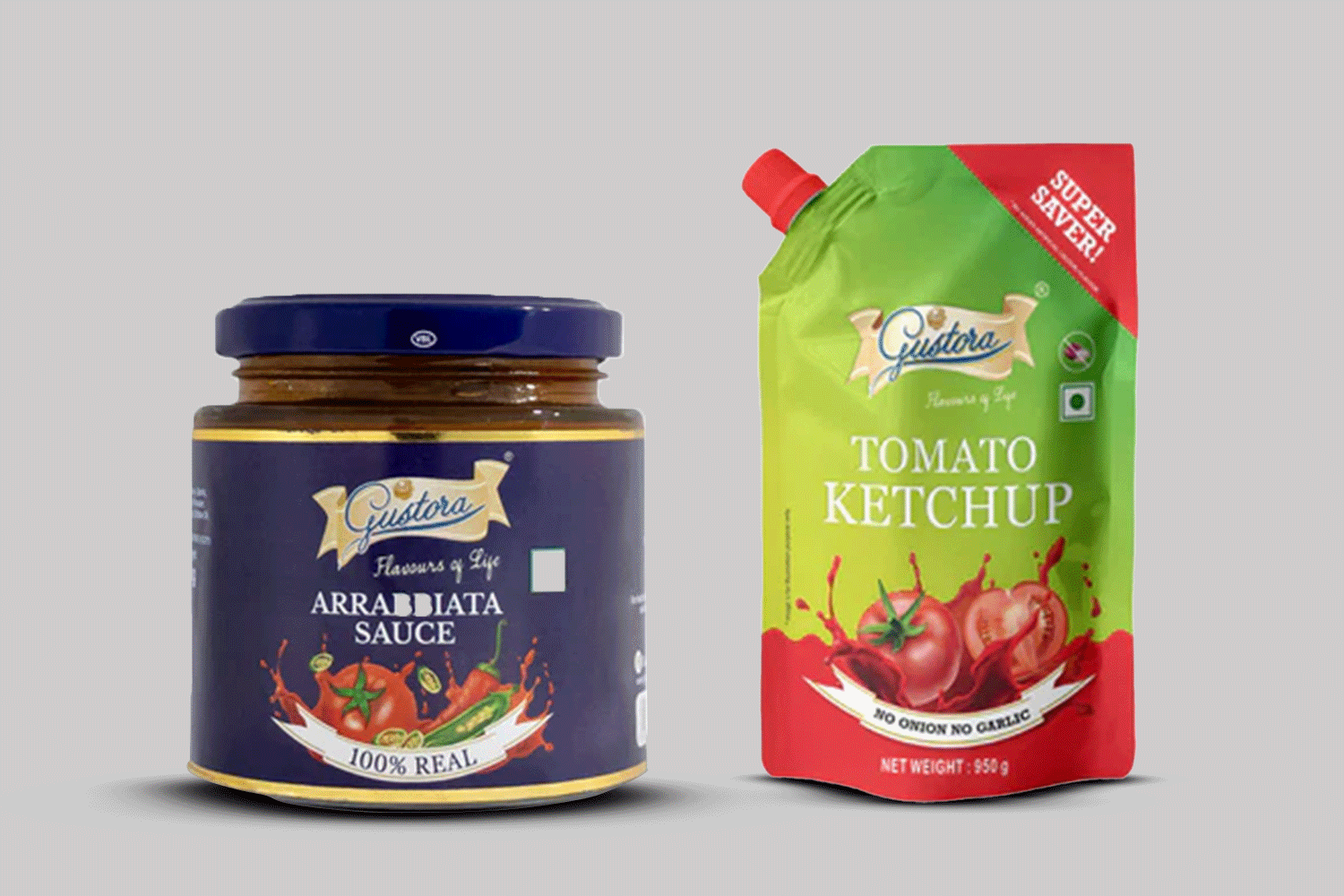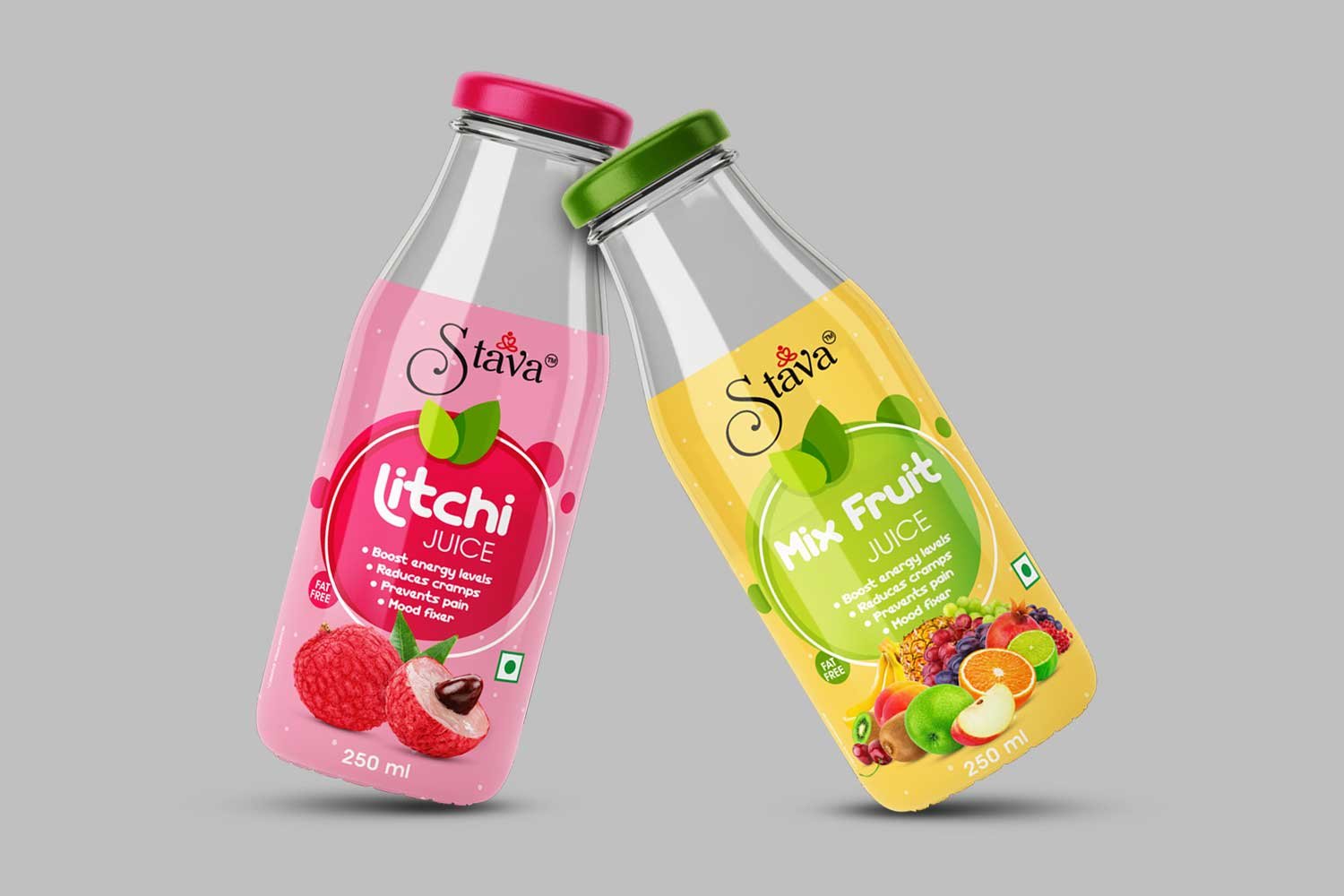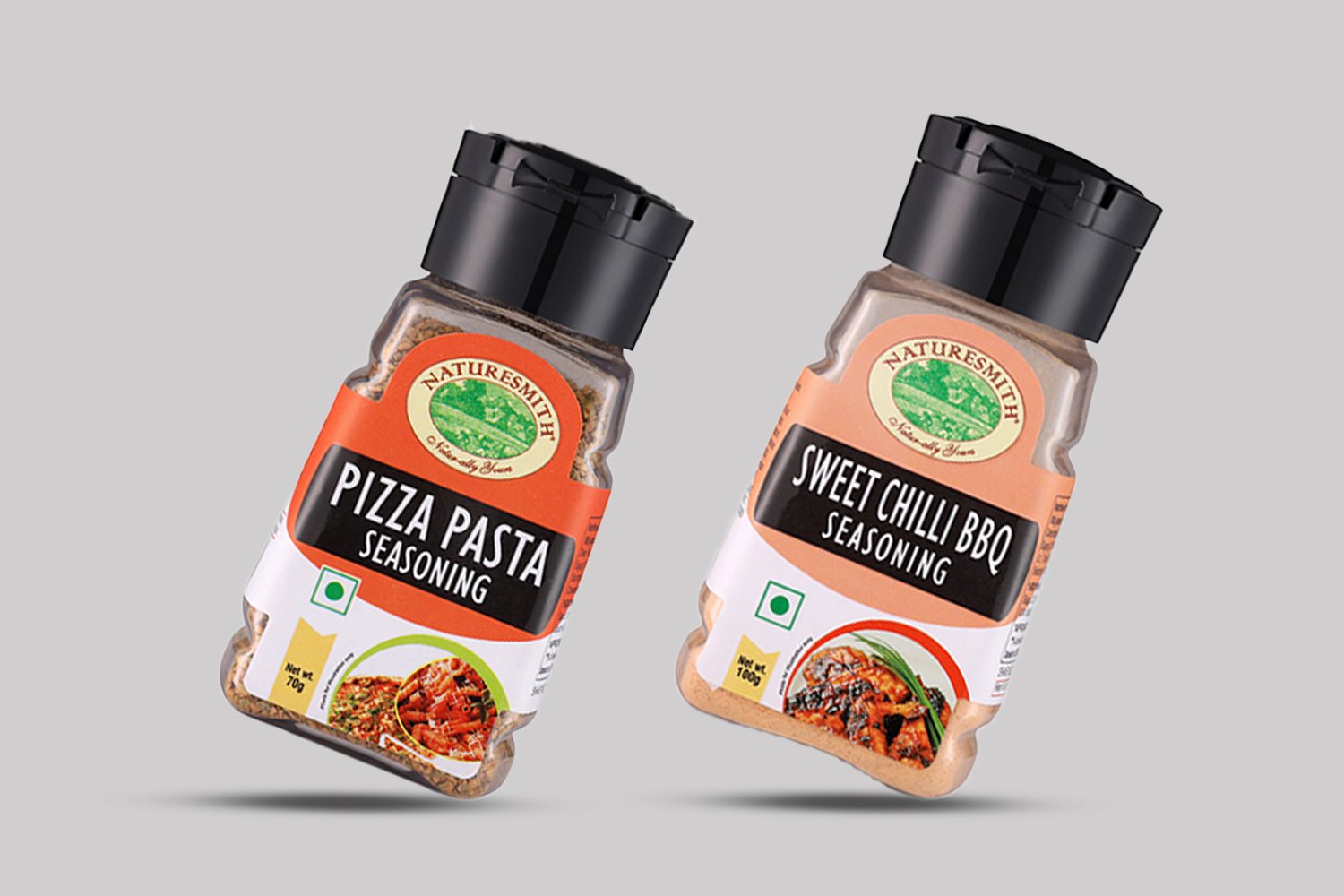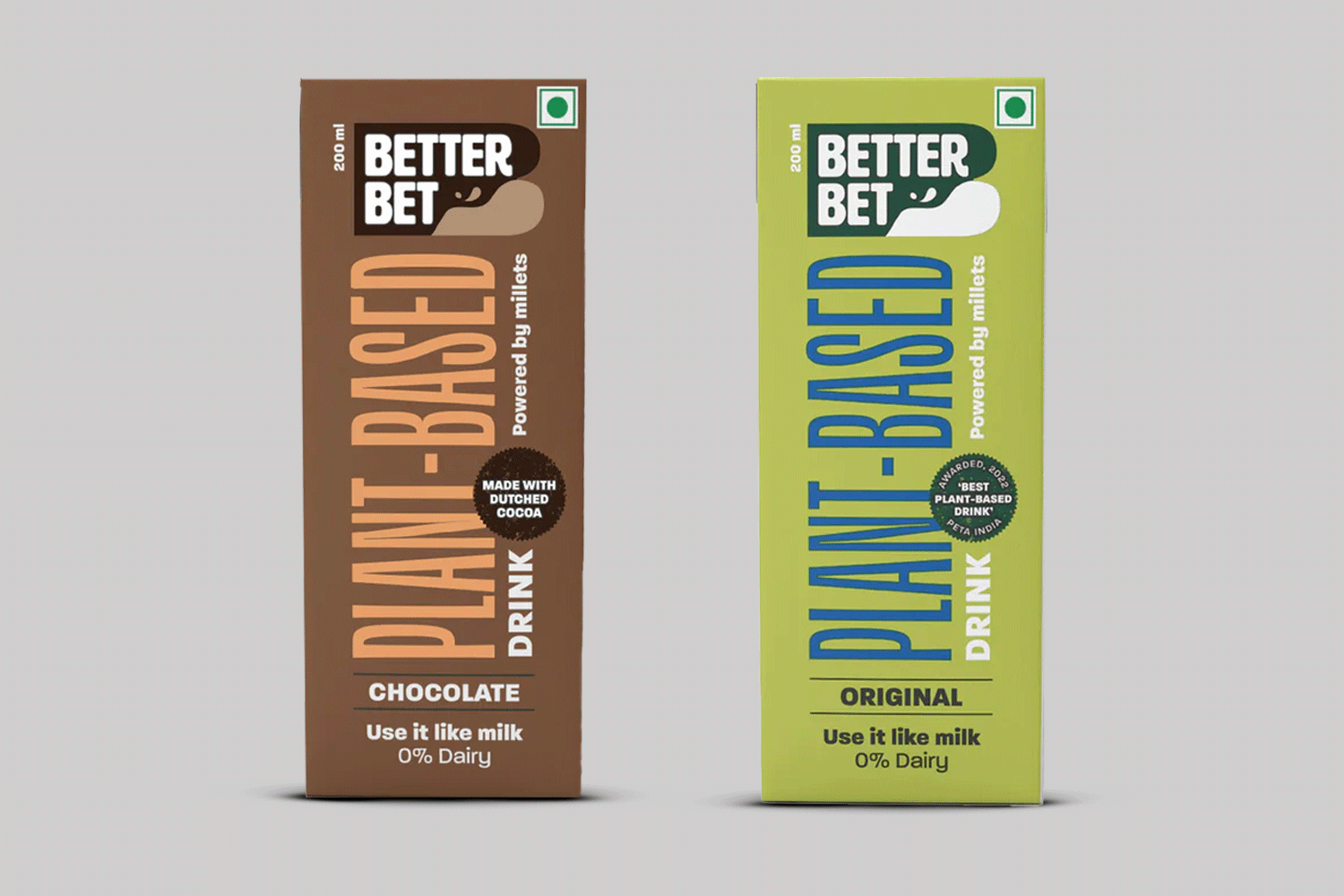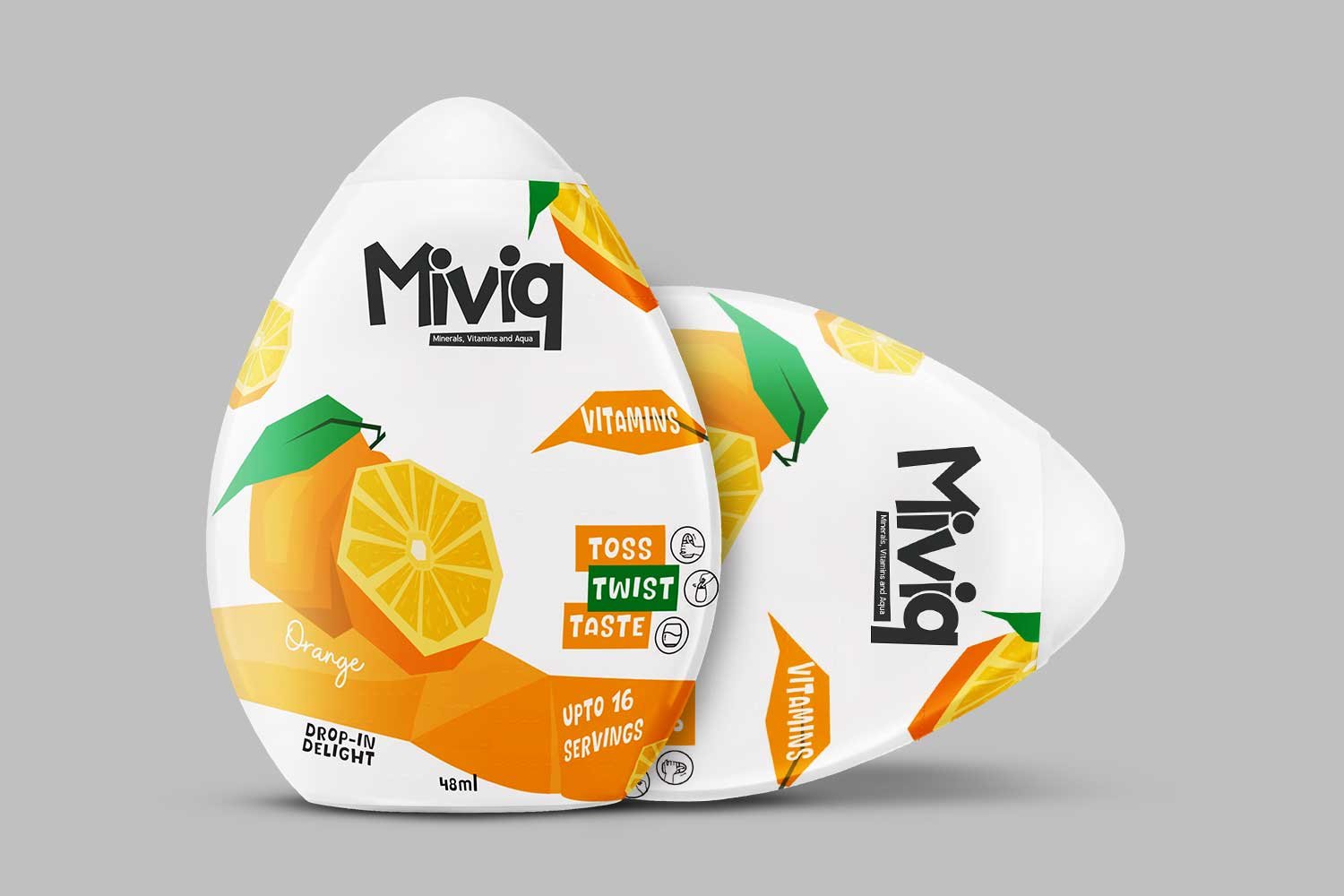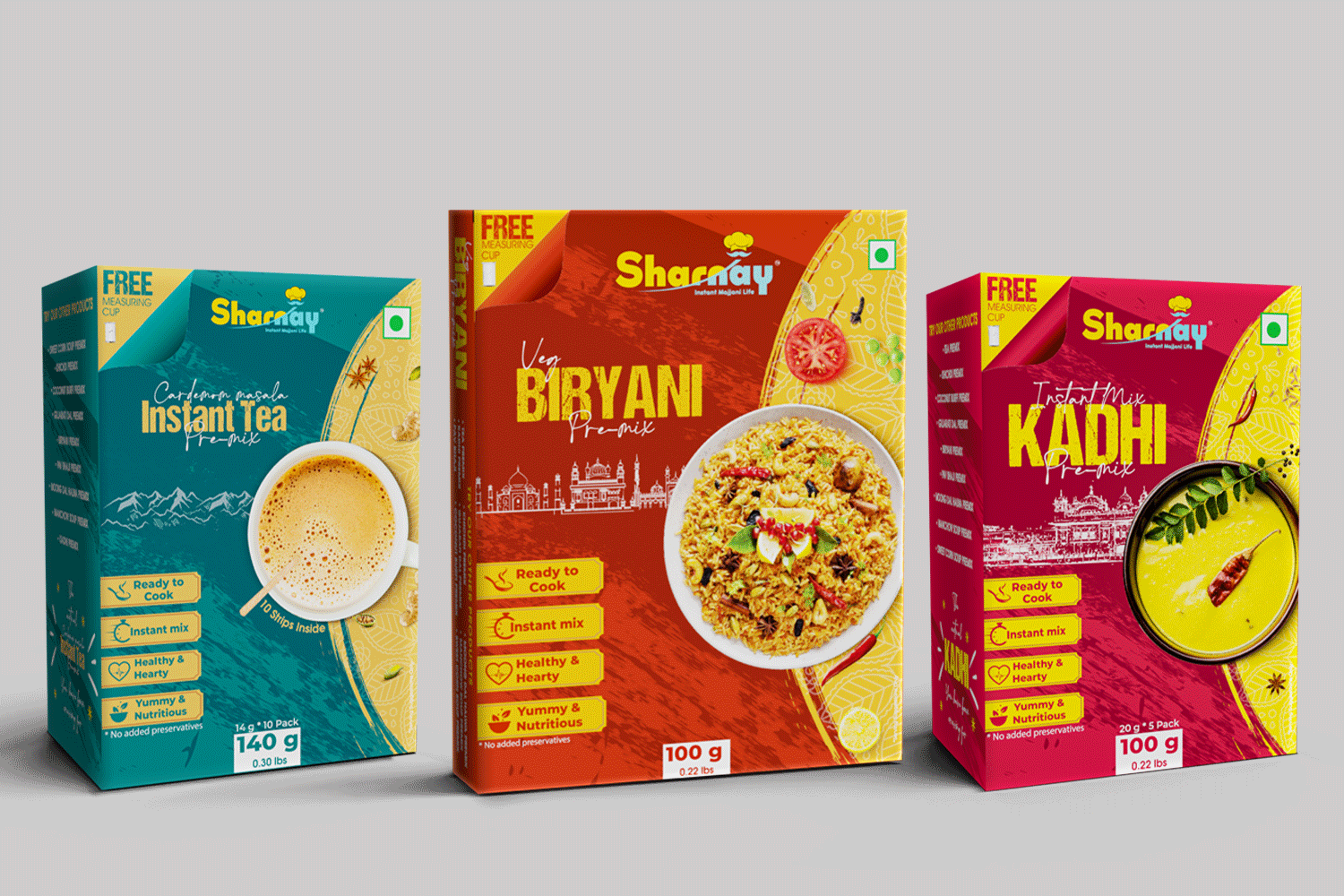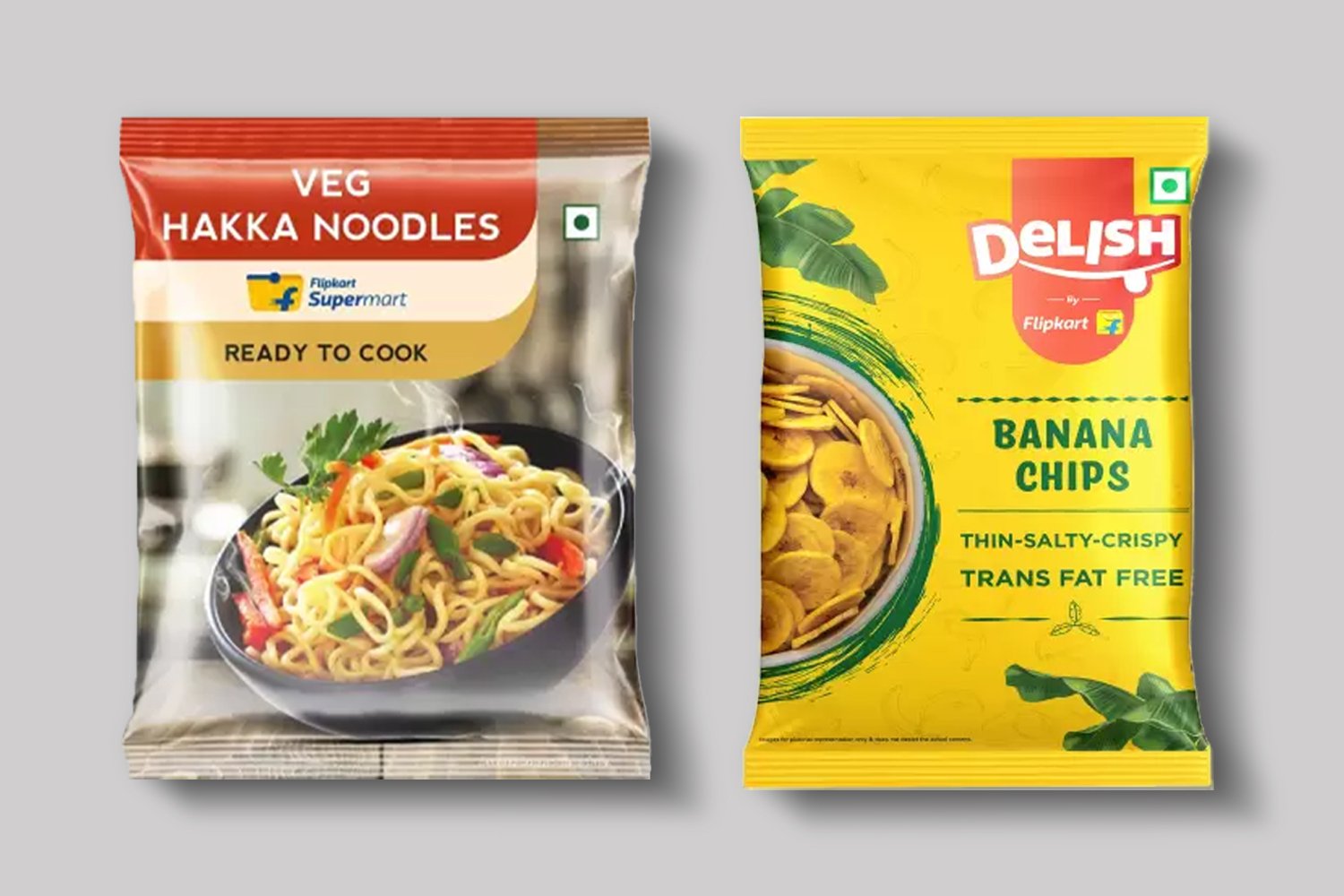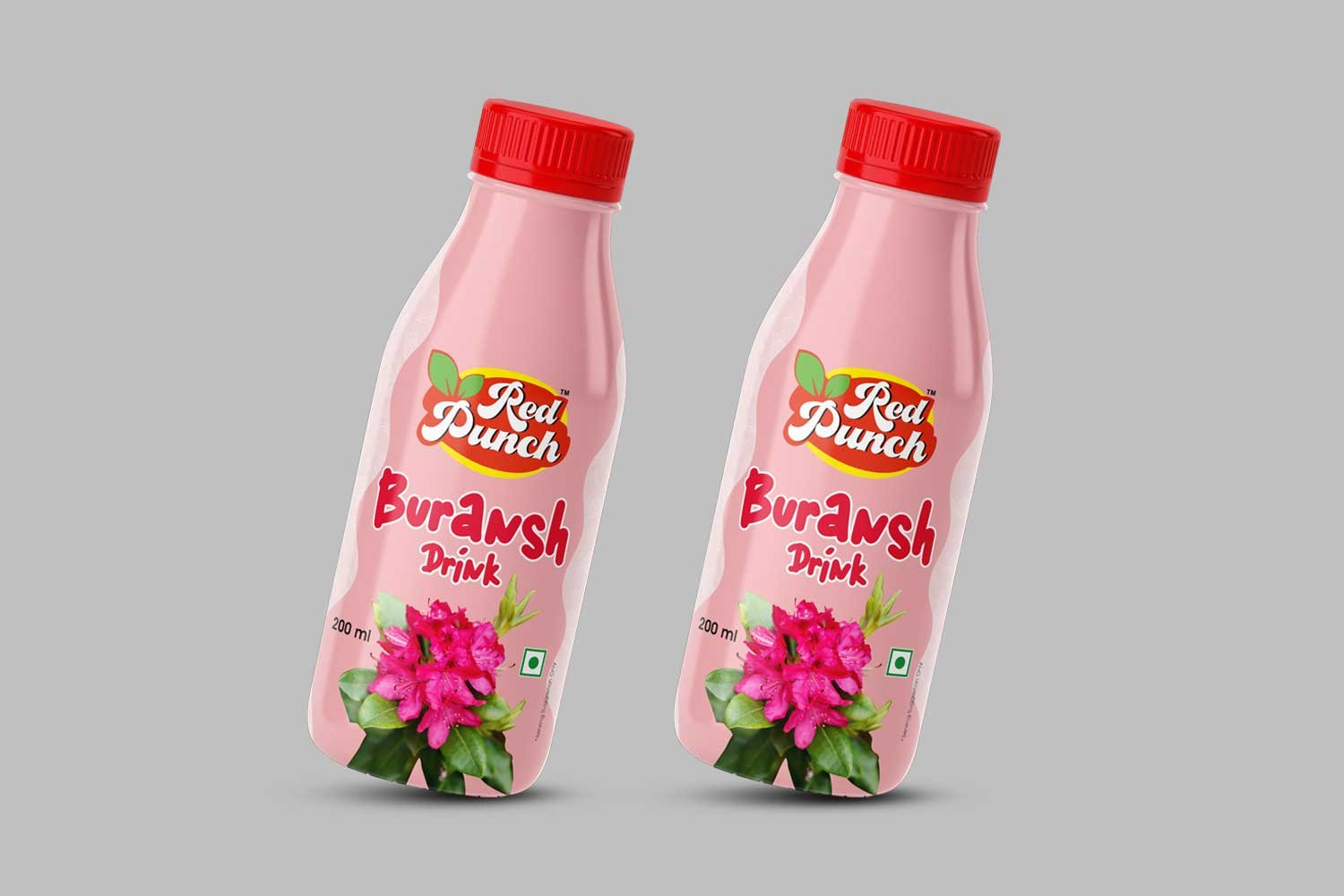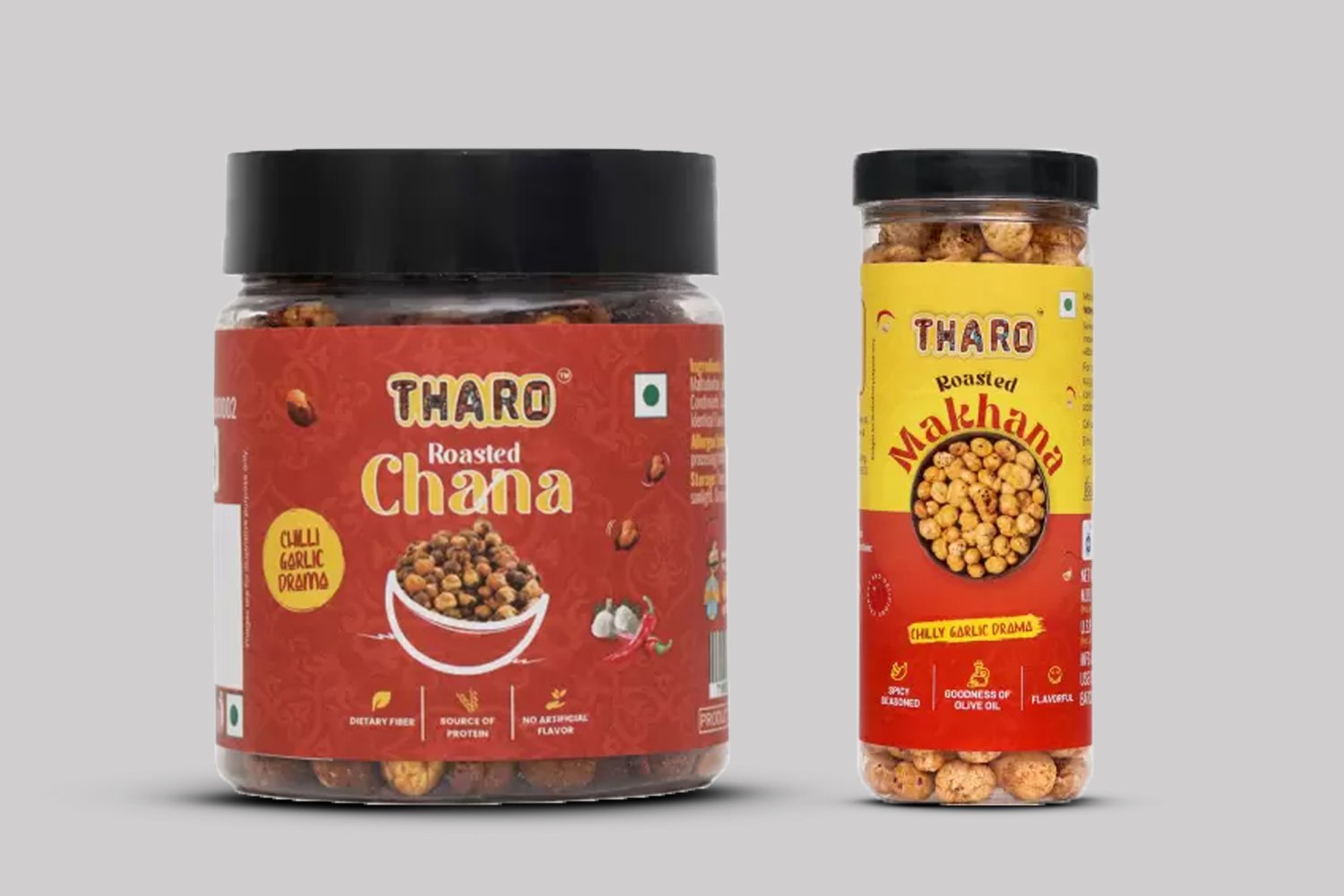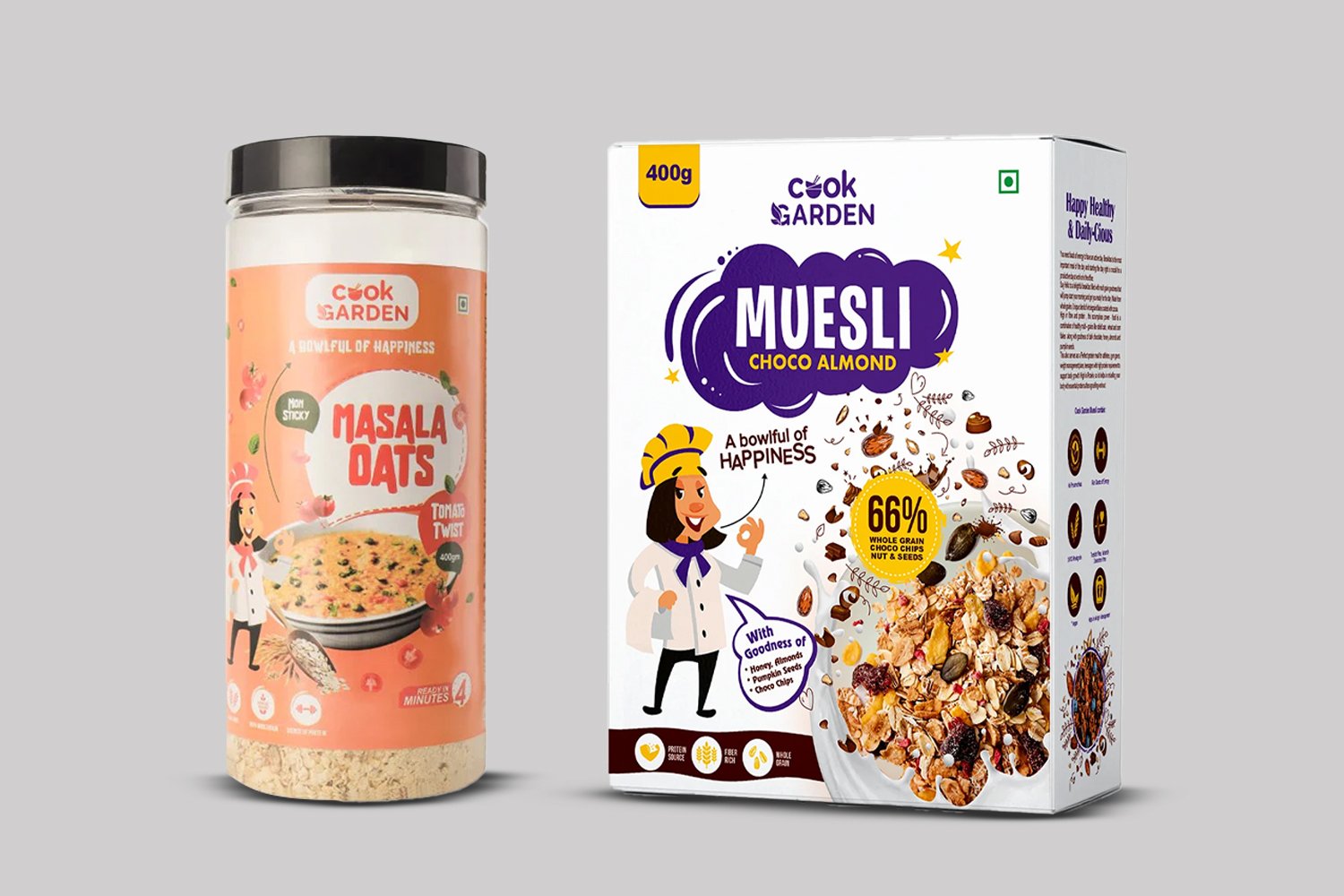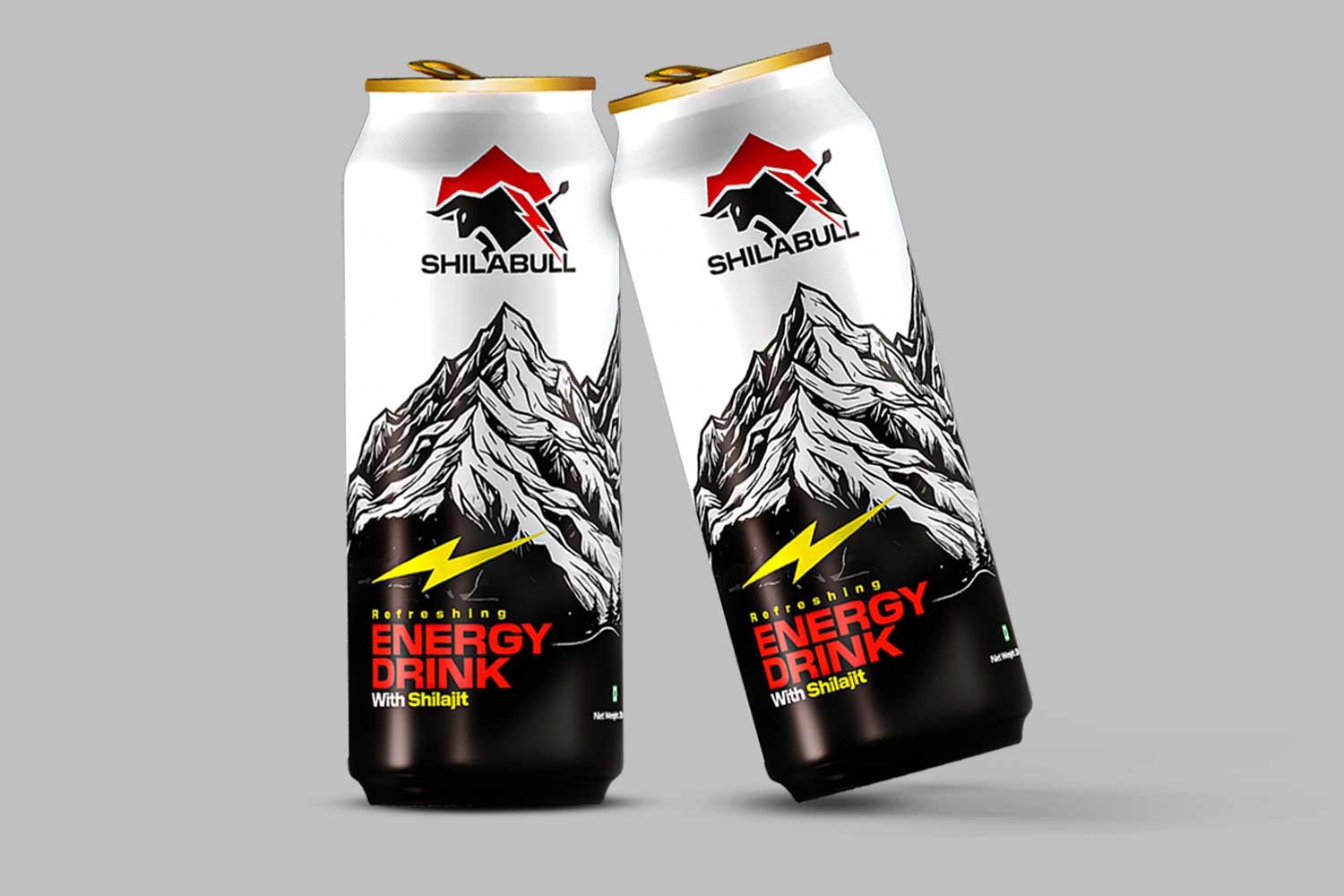The debate of innovation vs. imitation in food product development has become a main discussion in the food industry. As the food market is constantly changing and consumer demands are shifting towards healthier and more sustainable options, food companies are facing a major decision. They are confused about whether they should push the boundaries of creativity and bring something completely new to the table, or should they take what already works and improve on it? In this blog, we will explore how innovation vs. imitation in food product development plays a major role in shaping the future of food products, and which one will rule to help the growth of the industry in 2025.
What Is Innovation In Food Product Development?
Innovation in food product development is the process of creating new food products or making big improvements to old ones. It includes using new ingredients, better methods of production, or food technology to create food that helps to meet consumer needs or solves problems. Innovative food products aim to bring new experiences to the market through new flavors, nutritional benefits, or more eco-friendly food production methods.
Examples Of Innovation In Food Recipe Development
- Plant-Based Meat: Food companies like Beyond Meat and Impossible Foods have made alternatives to plant-based meat that look and taste like real meat. These food products appeal to people who want to reduce consumption of meat or avoid animal products for health, environmental, or ethical reasons.
- Lab-Grown Meat: The lab-grown meat is produced by growing animal cells in a lab and reducing the need to raise and kill animals. This helps to meet ethical concerns and reduce the environmental impact of traditional meat production.
- Smart Packaging: Some food companies are developing packaging that can maintain the quality of food. Smart packaging helps to show when food is about to expire and let consumers know when it is safe to eat, and helps to reduce waste.
- Fortified Foods: Adding extra nutrients, like vitamins or probiotics, to everyday foods, like cereals and snacks and helps to improve the health of the public. For example, iron-fortified bread or probiotic yogurt helps with common health issues like nutrient deficiencies.
What Is Imitation In Food Product Development?
Imitation in food product development means making or copying the existing successful food products with small changes or improvements to them. Instead of creating something new from scratch, companies take the food product that is already liked by the consumers and modify it to make it more appealing or affordable for the consumers. Imitation in food product development helps food companies meet the demand of consumers quickly and make it budget-friendly.
Examples Of Imitation In Food Recipe Development
- Store-Brand Products: Grocery stores mostly create their own versions of popular food products, like store-brand cola or chips. These food products are cheaper than the big brands but are similar in taste and quality.
- Copycat Snacks: Many brands create their version of popular snacks, like protein bars, granola bars, or snack cakes. These food products are similar to the originals but may have small differences, like added ingredients or unique flavors.
- Replicating Fast-Food Items: Fast-food chains mostly copy successful menu items, like a burger or chicken sandwich, and modify them to suit local tastes. A restaurant might take an idea from another chain and add a different sauce or seasoning to make it its own.
How Innovation Is Making The Future Of Food?
Innovation in food development is playing a major role in the future of food, especially as consumer demands shift toward healthier, more sustainable, and convenient options.
Healthier Foods For Consumers
As people have now become more aware of their health, they are choosing foods that are low in calories, fat, and sugar. Many food companies are responding by introducing healthier options, like:
- Low-sugar and low-fat products: Food companies are developing sugar-free snacks and low-fat meals to meet the growing demand for healthier food choices.
- Gluten-free and plant-based options: People are increasingly intaking gluten-free or vegan diets, food brands are creating products that meet these needs, like gluten-free bread or plant-based milks.
Making Food More Sustainable
Sustainability is an important concern for both consumers and food producers. Consumers have become more concerned with environmental issues, and so, food companies are creating eco-friendly products that reduce waste and improve sustainability. Innovations in this area are:
- Alternative proteins: Plant-based proteins, as well as insect-based proteins, are gaining popularity as more sustainable alternatives to traditional meat.
- Eco-friendly packaging: Some brands are developing packaging that is biodegradable or recyclable and reduces plastic waste.
How Technology Is Changing the Food Industry?
Technological advancements have changed the food industry. New food technologies help to improve food recipe production, safety, and distribution. Some main innovations are:
- 3D food printing: This technology prints food layer by layer and creates customized food products. It reduces food waste by printing only what is needed and can create complex shapes and designs that traditional methods cannot.
- Artificial Intelligence (AI): AI helps food companies predict what consumers will want next, develop new flavors, and improve manufacturing processes.
The Power Of Imitation In Food Development
Imitation in food recipe development has its strengths. It is a safe and cost-effective way for food companies to meet market demand. Instead of spending a lot of money on research and food development, companies can copy a successful food product, modify it slightly, and provide it to consumers quickly.
Cost-Effective and Safe Strategy
Imitation helps companies to produce proven food products without the high costs related to developing something new for the market. Food brands can bring products to market faster by copying the successful products without taking huge risks.
Lower Risk, Higher Reward
Since imitation in food products is based on existing successful products, it carries less risk than developing something completely new. Food companies can improve these products and launch them quickly to meet consumer demand, while still providing something familiar.
Meeting Consumer Demand
Imitation in food recipe development helps companies meet the demand of consumers faster. When a new trend starts gaining popularity, companies can jump on the opportunity and create food products that meet that demand. Like, when plant-based foods gained popularity, many companies quickly launched their own versions of plant-based meats and dairy.
When Innovation Wins Big
Innovation in food products wins when consumers are looking for new solutions or fresh ideas. It is successful in markets where consumer preferences are rapidly changing. Innovation is also important when companies need to solve problems that affect a large number of people, like:
- Health concerns: Food products like plant-based meat and dairy alternatives meet consumers who want healthier options.
- Sustainability: New solutions, like lab-grown meat and sustainable packaging, address growing concerns about the environment.
- Personalized nutrition: Advances in health data have made it possible to create food that is customized to the specific dietary needs of individuals.
When Imitation Wins
Imitation in food products is powerful when food companies want to enter the market quickly or when consumer loyalty is important. Imitation works well when:
- There is already high demand for a food product, and food companies can quickly meet that demand with a similar item at a lower price.
- The market is saturated, and food companies need to make small improvements to existing food products to stand out.
- Food companies want to test the market with products that consumers already recognize.
Lead The Food Revolution: Innovation Or Imitation: Make Your Move!
Both innovation and imitation play important roles in food product development. Innovation leads the way by introducing new concepts, solving global challenges, and meeting growing consumer needs. Imitation helps food brands quickly respond to market trends and provide affordable alternatives to familiar products.
The food companies that will succeed are those that can balance innovation and imitation properly, creating new products while improving existing ones to meet the evolving demands of consumers. To get a more in-depth analysis of innovation vs. imitation in food product development for your business, call our food recipe formulation experts now! Make your call on this 8130404757 today, and grab your free consultation.







